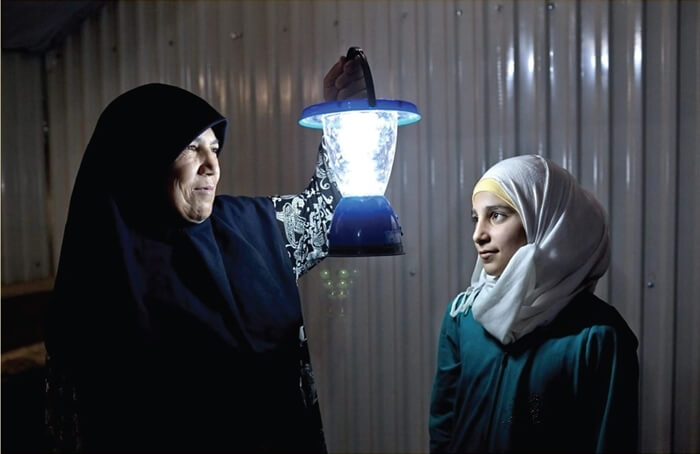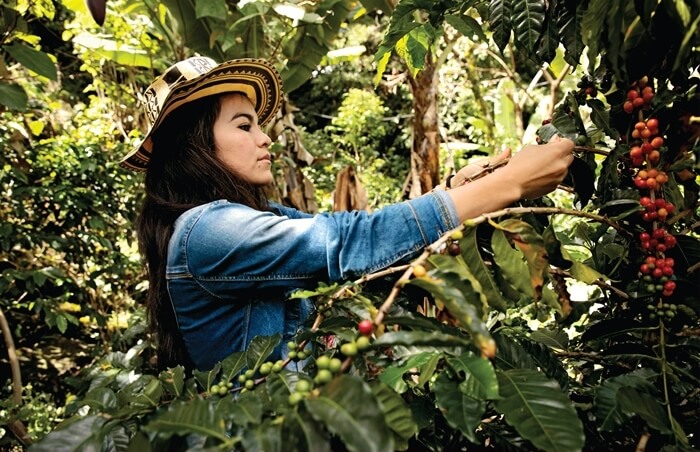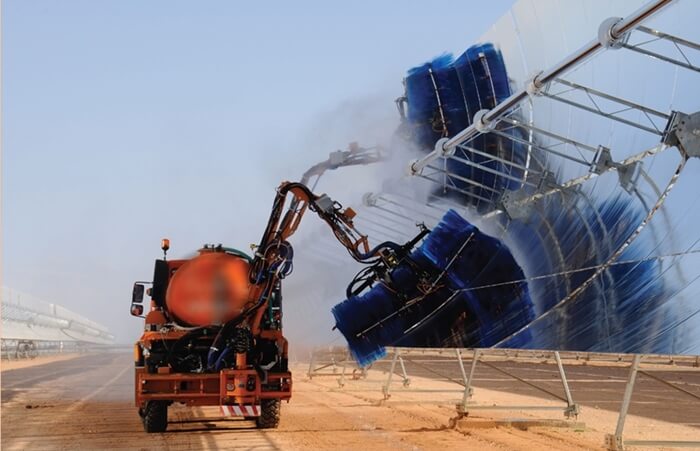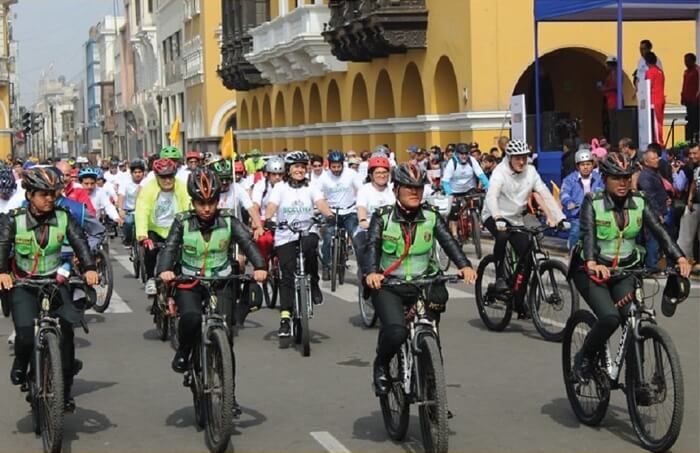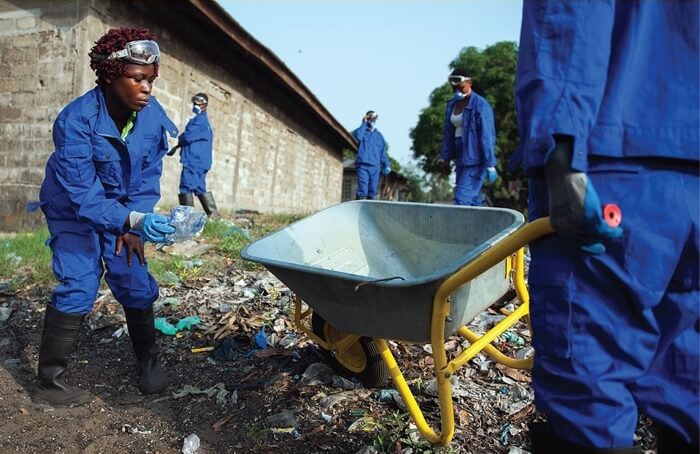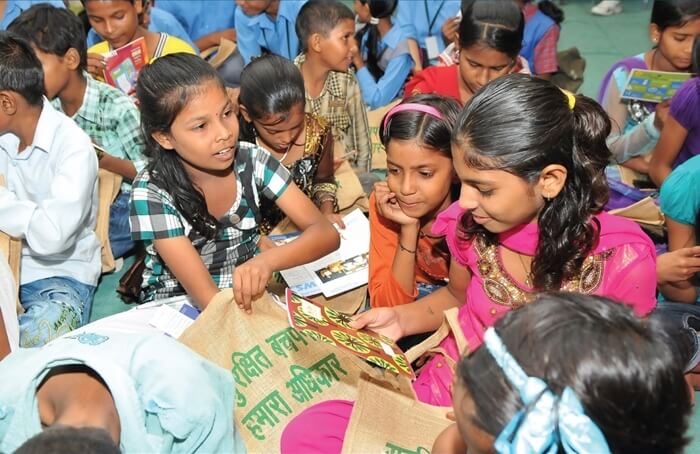Excerpt from bbc.com
It’s impossible to travel around the Dutch Caribbean island of Curaçao without falling in love with the affectionate-looking, plus-sized Mama (mother) and Chichi (big sister) sculptures found in public squares, outside hotels and in unexpected locations around the island. Their poses – with hands outstretched in a welcoming embrace or clasped together in quiet contemplation – radiate maternalistic warmth. Combined with their lofty 2m scale, Curacaoans and travellers alike can’t resist rushing in to photograph a hug with a Mama or Chichi or stopping by for a quick chat.
The prevalence of these voluptuous sculptures across the island is indicative of Curaçao’s flourishing emergent culture and art scene. Curaçao was settled by the Arawak people from South America around 6,000 years ago, but in 1515 the entire population was deported to the nearby island of Hispaniola and enslaved in their copper mines by the Spanish. Today, still coming to terms with its past, the ever-growing population of Curaçao is a fusion of African, European and Latin American cultures from more than 50 countries.
In fact, it was relatively recent migrants to Curaçao who, inspired by the beauty and strength of the women they saw around them, first decided to immortalise the island’s Mamas and Chichis in sculptures. But few people know the stories behind these vibrant figures or how they became emblems of contemporary Curacao’s dushi (sweet) culture.

Island Innovation is a social enterprise and digital media company at the intersection of sustainable development and communications, offering specialised services across various sectors. We bring together the private sector, government, utilities, NGOs and universities to advance innovation for sustainability and prosperity in islands worldwide.

